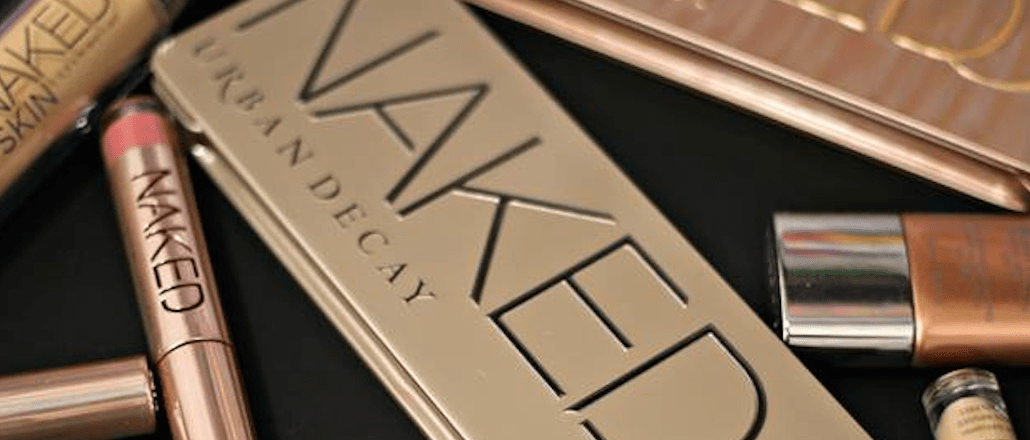Makeup brand Urban Decay’s social approach to product launches

Urban Decay, a makeup brand founded in 1996, predates social media. Today, social plays a central role in how the brand launches new products. It has also helped the company build a loyal cult following around Naked, a series of eyeshadow palettes first launched in 2010.
This week, after much teasing, Urban Decay announced Naked Smoky, the fourth addition to the collection of Naked palettes. Urban Decay joined Snapchat on May 27, telling its 560,000 Twitter followers to add the brand on the platform for an exclusive announcement. After a Snapchat debut, the Naked Smoky video appeared on Twitter, and since June 2, has gotten 95,000 views. (Urban Decay’s other videos from the past week have gotten around 3,000 views.)
Where there’s smoke…Naked Smoky is coming July 8. Here’s a little teaser to get you going. #NakedSmoky https://t.co/F9Q2hCMJ3u
— Urban Decay (@UrbanDecay) June 1, 2015
John Perasco, Urban Decay’s assistant vp of digital infrastructure, said that the social media fans make it exciting and entertaining to tease out a product. And while he referred to the social following as “fantastically loyal and engaged,” he said the secret is actually in the company’s email newsletter, which has 1.3 million subscribers. That’s where the “most interested” fans learn about things. The company’s emails see a 15 percent open rate on average, but Perasco said when product launches are announced, the percentage is much higher (but he couldn’t share the exact number).
From email to social, the conversation takes off.
“Our die-hard fans love being first to know something, and being first among that circle of influence,” said Perasco. “It spreads from them and they feel part of the community. There’s so much storytelling in the social sphere.”
Urban Decay, founded in the ’90s, has since changed its packaging and labeling to appeal to the Sephora set. Its 24/7 Glide-On Eyeliner Pencils and Revolution Lipsticks rank among its modern best sellers, but nothing gets people excited more than the Naked collection, which has expanded to include foundations and tinted glosses.
Following the Naked Smoky announcement, the Twitter crowd went wild. Warning: The makeup-disinterested might find the following tweets about eyeshadow grand overreactions.
last night I dreamt about the Naked Smoky Palette LMAO
— Diana ❥ (@_dirtydianaaaa) June 4, 2015
The new urban decay naked smoky palette is giving me palpitations
— زينب (@zaexo_) June 4, 2015
Naked Smoky is a work of God himself
— Maia (@maiadizontorres) June 4, 2015
According to Brandwatch, the announcement pulled in 7,000 Twitter mentions of #NakedSmoky; the hashtag generated 27 million impressions. From social platforms, Urban Decay drove interested customers to its website to sign up for the newsletter to get updates on the launch.
In addition to its Twitter following, Urban Decay entertains a following of 2 million on Instagram and 70,000 on Pinterest. On Pinterest, the boards dedicated to the Naked palettes (including the smoky edition, which was added on Tuesday and has three pins) have nearly as many followers at the brand’s account, at about 65,000 each.
Perasco said that Urban Decay, which traditionally offered mostly products in bold, bright colors, introduced the Naked palette to appeal to a new demographic. As buzz around the first-edition palette mounted, it was impossible to keep it in stock. Since then, Urban Decay has worked with its manufacturer to try to get as many products on shelves as it can, but it still runs into physical limitations due to demand. No matter how popular the product gets, though, the brand doesn’t plan to capitalize on the social media excitement each launch receives.
“There is a risk of taking advantage of that,” Perasco said. “We’re very careful about not falling prey to knowing that these products have built that cult status. We need to maintain the level of quality. If the quality decreased, we would absolutely hear about it.”
More in Marketing

What TikTok’s e-commerce launch could mean for marketers and content creators
TikTok has officially launched its new e-commerce platform, TikTok Shop, earlier this month on August 1. Using the new e-commerce platform, brands and creators can sell products directly on the platform, potentially creating new revenue streams, and tap into the short-form video platform’s growing popularity.

‘The influencer industry can be really vile’: Confessions of an influencer marketer on the industry’s unfair hiring practices
While the influencer industry might sound exciting and like it’s full of opportunities, one marketer can vouch for the horrific scenarios that still take place behind the scenes.

Digiday+ Research: Marketers said revenue grew in the last year, with more growth expected ahead
After a tumultuous 12 months, marketers are getting a clear picture of how they really did during a time of true uncertainty. And, as it turns out, it wasn’t all that bad.
Ad position: web_bfu